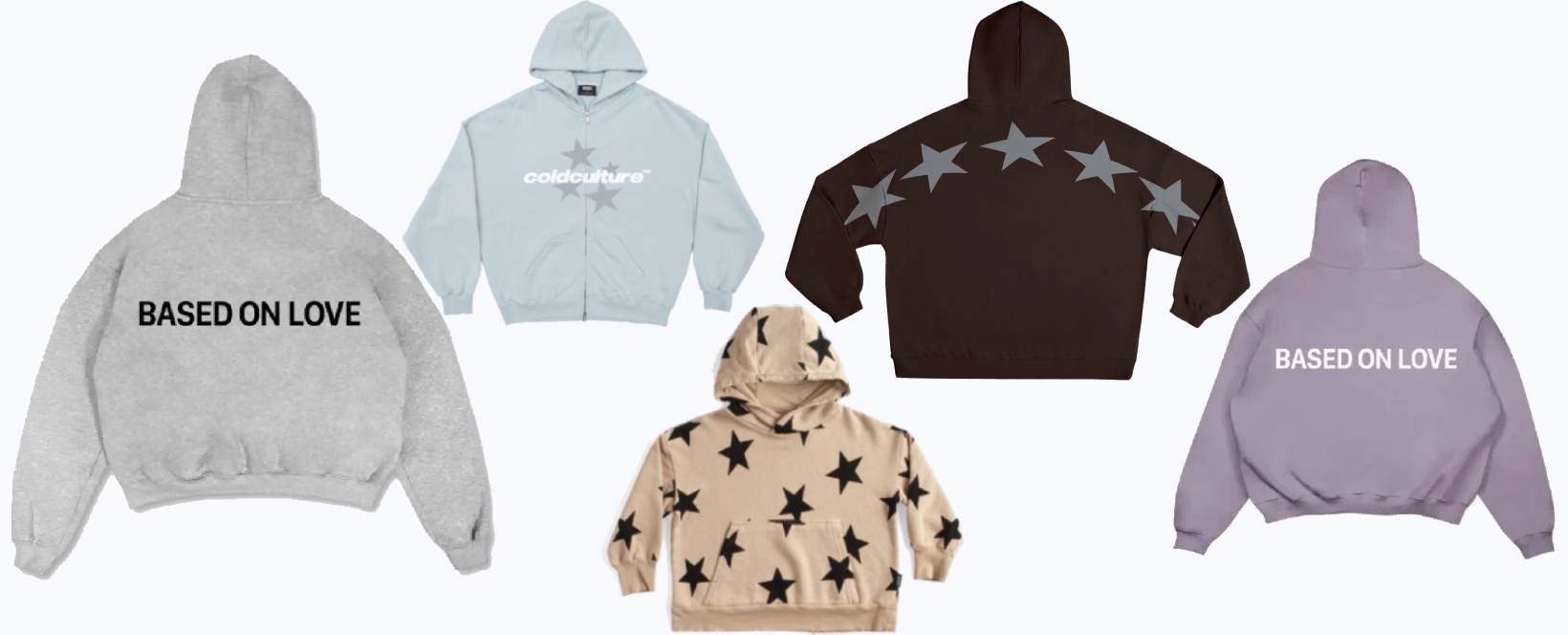In the dynamic world of fashion, trends come and go with the blink of an eye. However, amidst the ever-changing landscape, a new phenomenon has emerged – 99-Based Clothing. This innovative approach to fashion has been making waves, captivating the attention of fashion enthusiasts and industry insiders alike. Let’s delve deeper into this trendsetting movement and explore what sets 99-Based Clothing apart.
What is 99-Based Clothing?
99-Based Clothing is not just a style; it’s a philosophy. Rooted in the concept of simplicity and minimalism, 99-Based Clothing revolves around the idea of creating garments using only 99 units of fabric. This constraint serves as a creative challenge, pushing designers to think outside the box and craft unique pieces with limited resources.
The Origins of 99-Based Clothing
The origins of 99-Based Clothing can be traced back to a desire for sustainability and efficiency in fashion design. As the fashion industry grapples with issues of overproduction and waste, designers began seeking alternative approaches that prioritize resourcefulness and environmental consciousness. Thus, the concept of 99-Based Clothing was born, offering a solution that marries creativity with sustainability.
Key Principles
At the core of 99-Based Clothing are several key principles that guide its design philosophy:
- Simplicity: Embracing the mantra of “less is more,” 99-Based Clothing celebrates simplicity in both design and construction. By adhering to a minimalist aesthetic, designers are able to create timeless pieces that transcend fleeting trends.
- Resourcefulness: With only 99 units of fabric at their disposal, designers are challenged to make the most out of every inch. This necessitates innovative pattern cutting techniques and strategic garment construction, resulting in garments that are as efficient as they are stylish.
- Sustainability: By limiting the amount of fabric used in each garment, 99-Based Clothings promotes sustainability by reducing waste and minimizing environmental impact. Additionally, many designers opt for eco-friendly fabrics and ethical production practices, further aligning with the principles of sustainability.
The Creative Process
Designing within the constraints of 99 units of fabric requires a unique approach to the creative process. Designers must carefully plan every aspect of the garment, from the initial concept to the final construction. This often involves sketching multiple iterations, experimenting with different fabric combinations, and refining the design to achieve the desired result.
Challenges and Opportunities
While the concept of 99-Based Clothing presents exciting opportunities for innovation, it also comes with its own set of challenges. Designers must strike a delicate balance between creativity and practicality, ensuring that their designs are both visually striking and commercially viable. Additionally, the limited amount of fabric available means that designers must be resourceful in their use of materials, finding clever ways to maximize efficiency without compromising on quality.
Despite these challenges, 99-Based Clothings opens up a world of possibilities for designers to explore. From avant-garde silhouettes to minimalist masterpieces, the creative potential of this movement knows no bounds.
The Future of Fashion
As the fashion industry continues to evolve, 99-Based Clothings stands at the forefront of innovation. By challenging traditional notions of design and consumption, this movement is reshaping the way we think about fashion and sustainability. With its emphasis on simplicity, resourcefulness, and sustainability, 99-Based Clothings offers a glimpse into a more conscientious and creative future for the world of fashion.
Conclusion
In a world inundated with fast fashion and disposable trends, 99-Based Clothing offers a refreshing alternative that prioritizes creativity, sustainability, and style. By embracing the principles of simplicity, resourcefulness, and sustainability, designers are able to create garments that not only look good but also feel good. As we look to the future of fashion, 99-Based Clothings serves as a beacon of inspiration, reminding us that great design doesn’t have to come at the expense of the planet.
